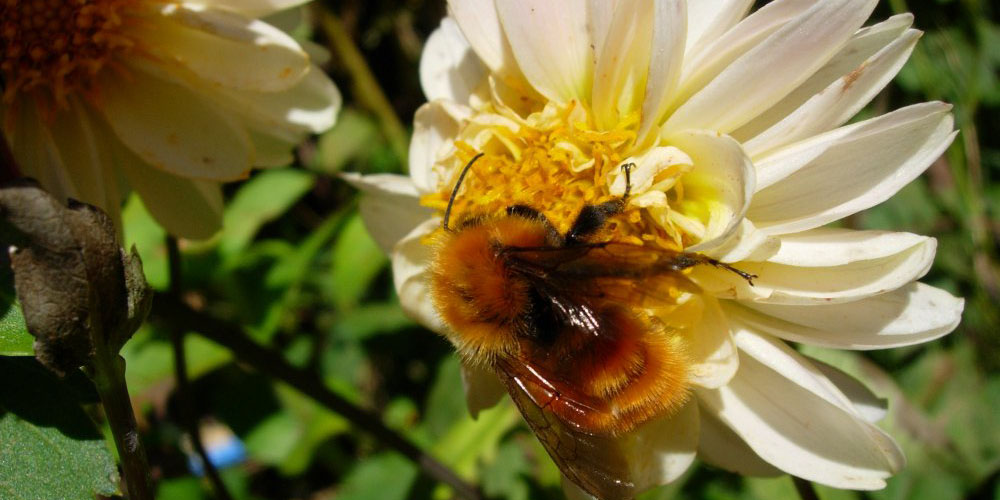After publication of the reviewed EFSA guidance on bees, things felt quite… hopeful. That’s not a word I use very often. I prefer data and factual analysis. However, it was a huge piece of work EFSA put together. With more than 1,000 pages to regulate how to assess the risk for bees during the registration process of pesticides nobody can say that bee protection was undermined or something like that. This allegation came up at the beginning of the reviewing process. As it happens when there are different positions on important topics.
Why a reviewed EFSA guidance on bees?
The first version of this guidance was published in 2013, also in response to heated discussions on neonicotinoids and other pesticides. Already this first version was a huge step forward, but generated quite a bit of criticism, too. In consequence, it was never endorsed by the Standing Committee for Plants, Animals, Food, and Feed. Or better: the endorsement wasn’t unanimous in this Committee of the European Commission with representatives from all Member States of the EU. However, this is necessary in order to be applied during the registration process.
In this situation, the guidance wasn’t mandatory in any sense. Agrochemical companies could claim that they did the risk assessment for bees according to current regulations. Which was true. On the other hand, authorities referred to this document and asked for additional data and studies during the registration process. That wasn’t a really helpful situation. In addition, there was quite a bit – justified and unjustified – criticism of this version. Hence why the European Commission in 2019 – after six years! – asked EFSA to do this review.
Adding nuance and detail
After this first version, there was quite a bit of “EFSA bashing” as a colleague called it. Not all criticism was objective. However, after reading the reviewed version, I definitely have the impression that they took it thoroughly into account. The current version included a massive amount of research and also points out the limitations of the document. From what I see, a lot of nuance and detail was added to the risk assessment process for bees. And the study requirements are actually feasible and make sense from a bee biology perspective.
Obviously, there are still a few things to criticize. That will always be the case. But I appreciate the central role of field studies in this review of the EFSA guidance on bees. Previously, they were dismissed as difficult to standardize. Which is true. You can’t control things in the field like in the lab. But obviously, field studies are much more realistic than laboratory assays. I also appreciate the differentiated approach to honey bees, bumblebees, and solitary bees.
If you want to learn more about this guidance, I recommend the webinar EFSA did in June 2023 – it outlines the most important changes in risk assessment.
Waiting for implementation
At the moment, we’re in the same situation as before: Waiting for the Standing Committee for Plants, Animals, Food, and Feed to endorse the reviewed EFSA guidance. This will most likely happen this spring. So, I’m checking the respective pages of EFSA and European Commission quite regularly at the moment.
The thing is: Until this review isn’t endorsed, nothing will change. We’ll continue in this limbo of some companies doing studies according to the reviewed guidance, and others don’t. Or some Member States asking for more data before agreeing to registration and others without even commenting on the bee parts of the dossiers. That’s not a very sustainable situation.
For the coming season, studies should already be planned and in preparation. But with the situation as it is, many companies are cautious before planning studies. This may seem understandable – unless the Standing Committee doesn’t endorse this guidance, there’s no final certainty about the requirements. To be honest, though, with the broad scientific foundation the EFSA guidance on bees has now, I don’t think that there will be substantial changes. So, we can operate with what we have and be prepared. The specific protection goal for bee pollinators and what this means for risk assessment is set. We won’t go back to pre-2013, that’s for sure.
Getting ready
Because of this, I think that waiting for doing studies according to the reviewed bee guidance doesn’t make much sense. It just means losing a year. Field studies have very defined time slots they can be performed in. It’s not like in the lab, where weather, phenology, or state of the colonies doesn’t matter as much. For field studies, this definitely matters. I feel totally ready to do the monitoring of field studies according to the reviewed EFSA guidance on bees. Also the CROs I collaborate with are ready to do the studies.
If you need more information or clarity of the changes the future will bring, just send me an email or contact me via the form below. And even if you won’t need studies until next year: I’m here to help and make a data gap analysis to plan out the right studies for you. Being prepared for the new situation will save you time and money, when the implementation comes. And it will come, sooner or later.



